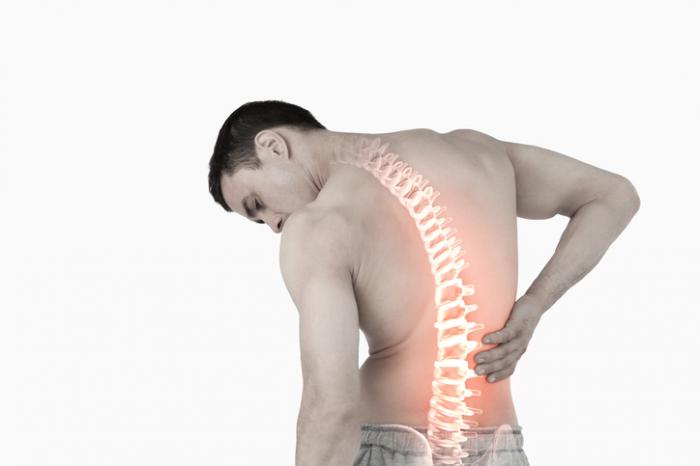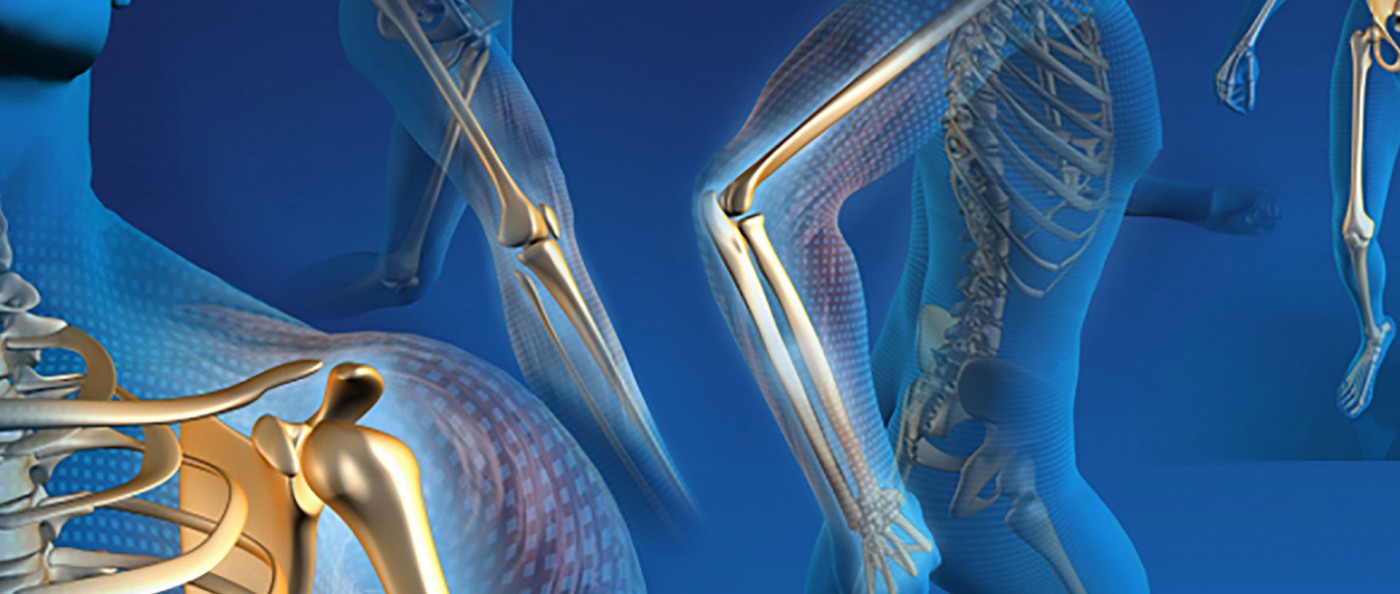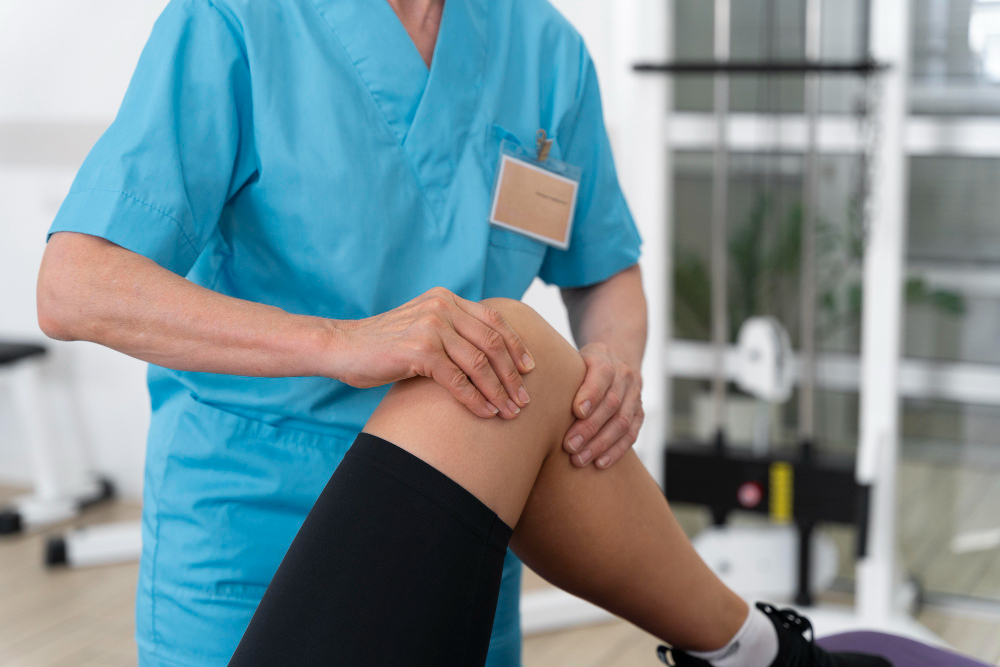
In this era, people do not follow proper diet due to which they are suffering from different health related issues and poor posture and unhealthy diet plans cause issues related to the spine. The spinal issues are mostly treated with surgery only.
What are the spinal problems?
Spinal problems are very common. The Spinal problems are generated inside and outside of the spinal cord. The reason for the outer damage is compression and injury. It is compressed because of bone fracture, spinal degeneration and abnormalities. The hematoma, tumor, and herniated disc are also a reason for the spinal cord weakening. The minor problems can be corrected by the best Orthopaedic Surgeon In India.
What is the definition of spinal surgery?
Spinal fusion is a surgery that connects two or more vertebrae in your spine. These ring-shaped bones form an interlocking column that holds your body upright. Fusing them together can reinforce your back’s structure. There is more than one type of surgeon that specializes in spinal fusion surgery. Neurosurgeons and orthopedic surgeons can do them, depending on the underlying condition and your specific needs. There are different types of Spinal surgery.
Types of spinal surgery
- Discectomy: This procedure removes the herniated portion of a disc. It is helpful for removing the tissue and damaging part of the disc.
- Laminectomy: This procedure removes bone at the back of the spine to make more room for the spinal cord and nerves.
- Fusion: Spinal fusion removes the arthritic joints and often uses metal implants to help permanently connect two or more bones in the spine.
- Artificial discs: These devices are made of plastic and metal. They can replace the damaged cushion between two spinal bones.
Right ways to do exercise after spinal surgery.
There are different ways to do exercise after spinal surgery.
- Walking Exercise Program: Walking is one of the first physical therapy exercises to help improve your healing, which you must start doing the day after your surgery. A good starting point is walking at least 20 to 30 minutes on a treadmill or outdoors.
- Ankle Pumps: Ankle pumps are a type of nerve stretch that helps improve blood flow to your heart using your calves. To do this exercise, lie flat on your back. Then, move your ankles up and down. Repeat this exercise at least ten times.
- Heel Slides: Heel slides are another nerve stretch to help rehabilitate your body after surgery. Lie down on your back and slowly bend your knee. Then, straighten out your knee. Repeat the exercise 10 times.
- Superman: The Superman exercise will help correct your posture, specifically posterior pelvic tilt when you rotate your pelvis backward. Start by lying on your stomach in a neutral position with arms outstretched in front of you.
- Straight Leg Raises: Straight Leg raises are one of the most effective core exercises for back pain. Lie down on your back with one Leg bent at the knee and the other stretched out in front. Keep your core tight.
The whole posture of the human body is dependent on the spinal cord. Spine injuries become very common. Most spinal injuries can only be treated with surgeries that the best surgeons perform. If you are suffering from spinal problems, contact the best Orthopaedic Hospital in Ludhiana, Hunjan Hospital.
Related Post
Top non-surgical approaches for chronic back pain
By: Hunjan_Hospital
April 20, 2024
रोज रोज की पीठ दर्द का मूल कारण क्या है ?
By: Hunjan_Hospital
April 15, 2024
Which judgemental criteria will help you to find the right orthopaedic doctor?
By: Hunjan_Hospital
April 12, 2024








